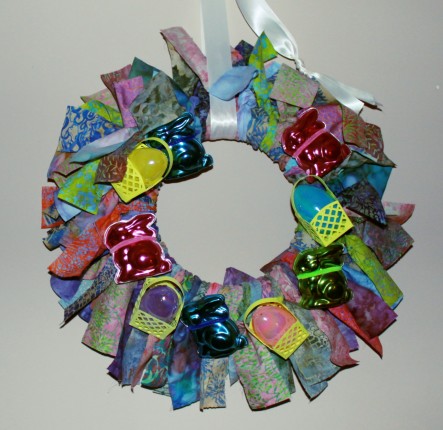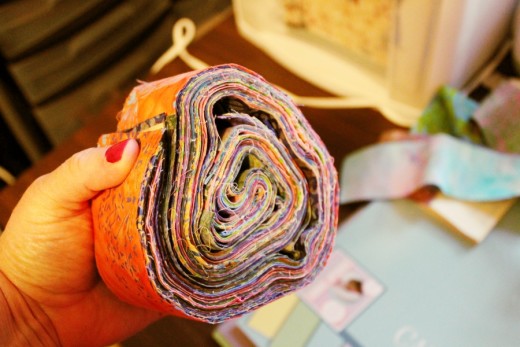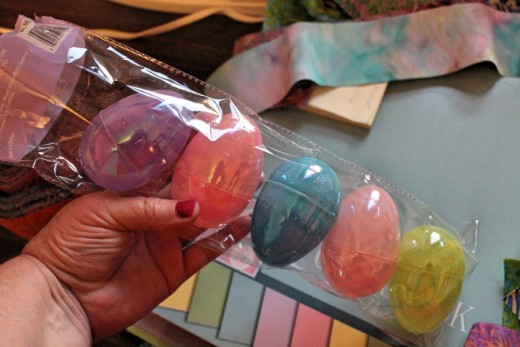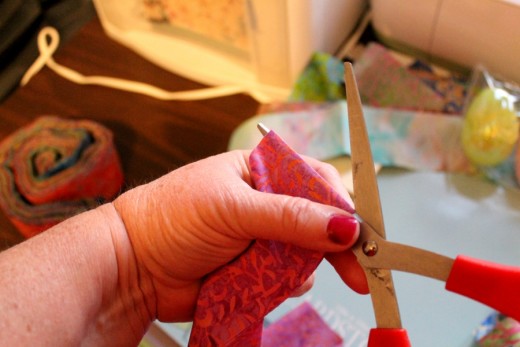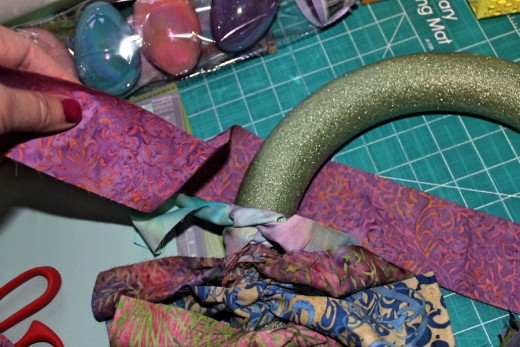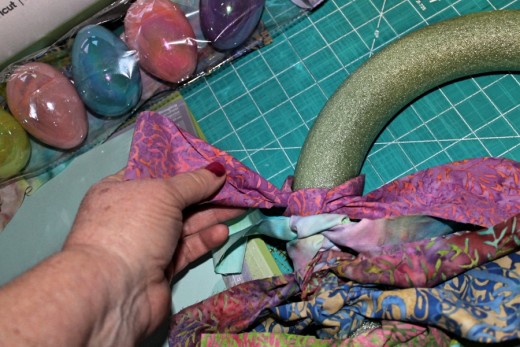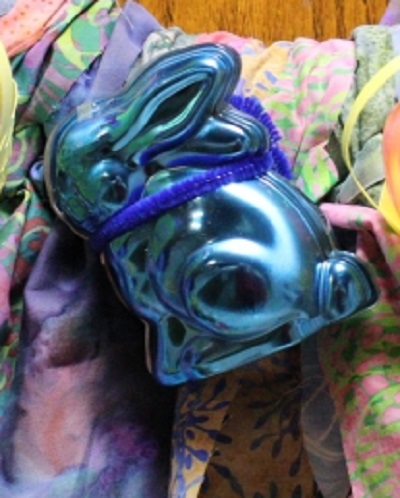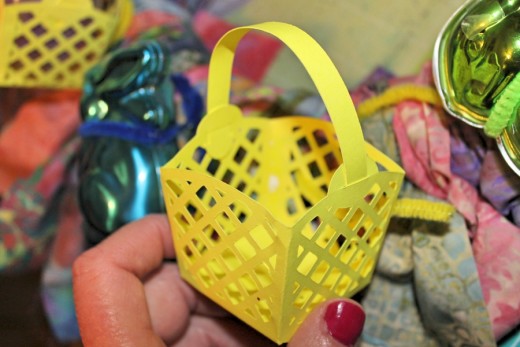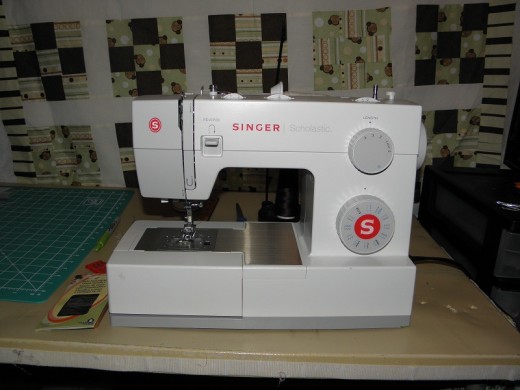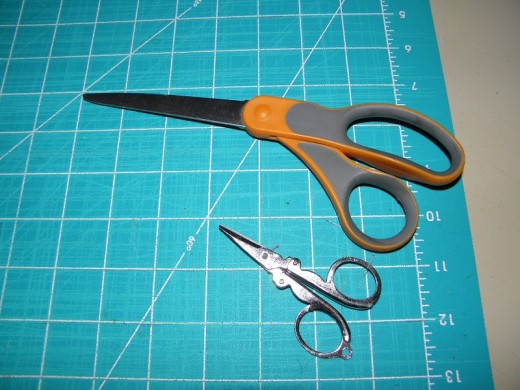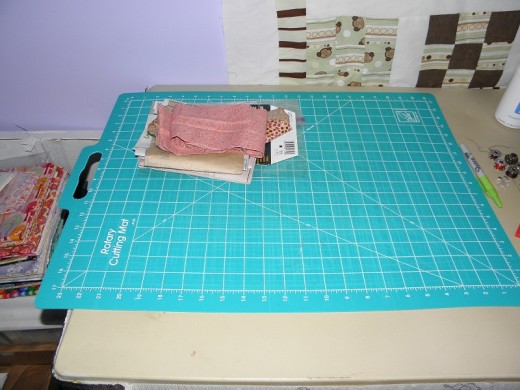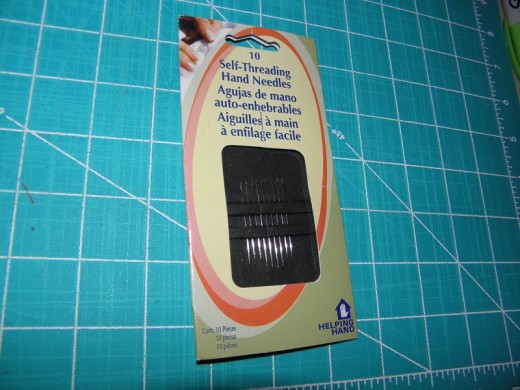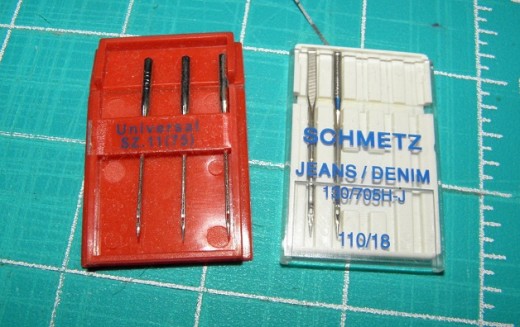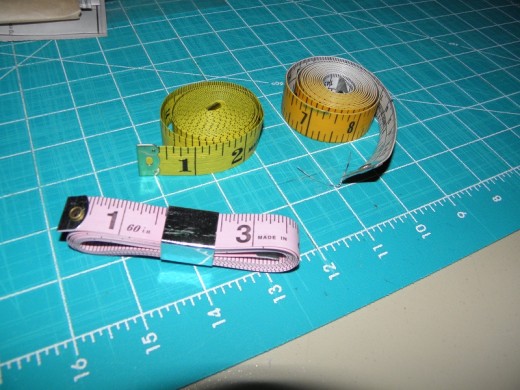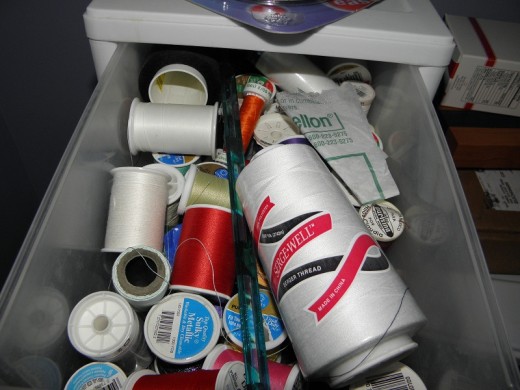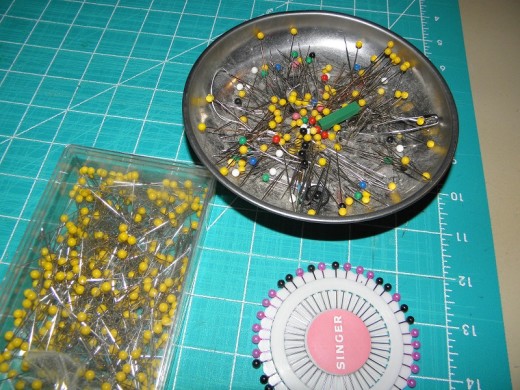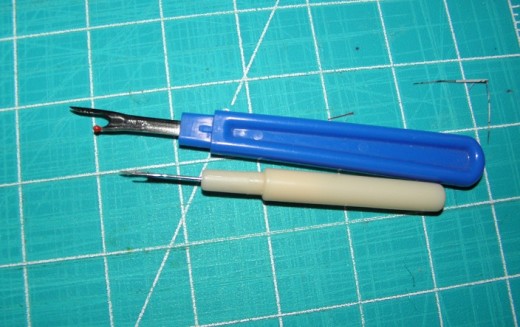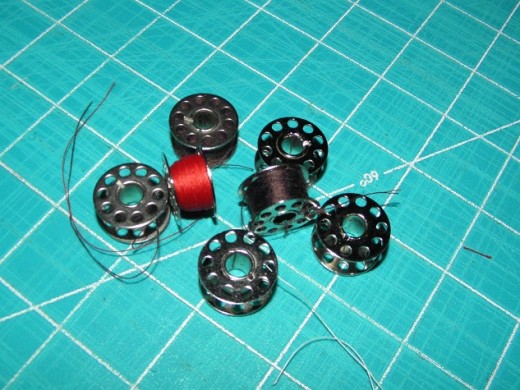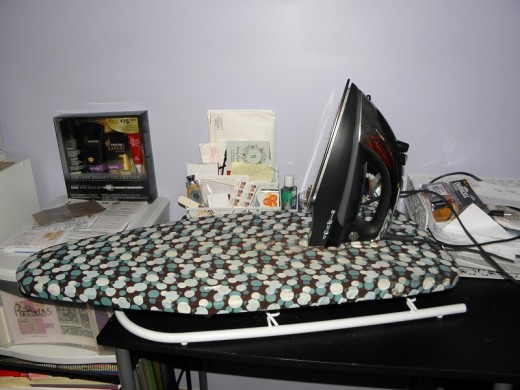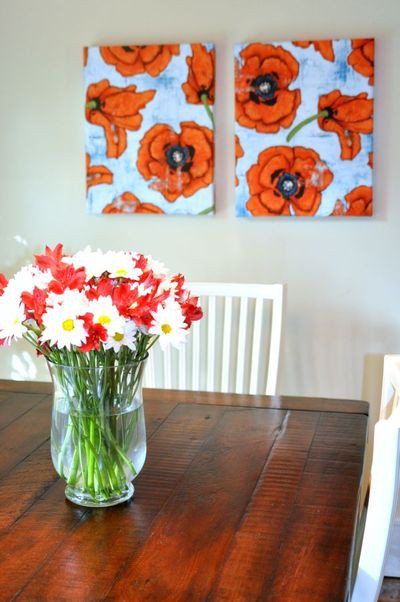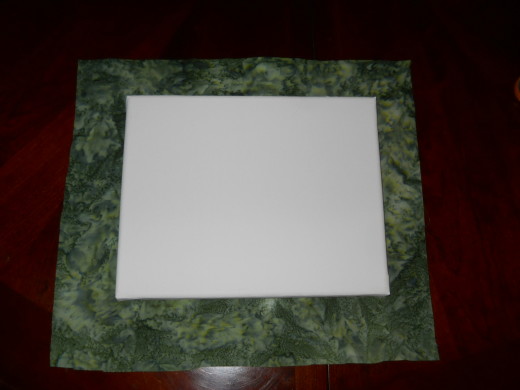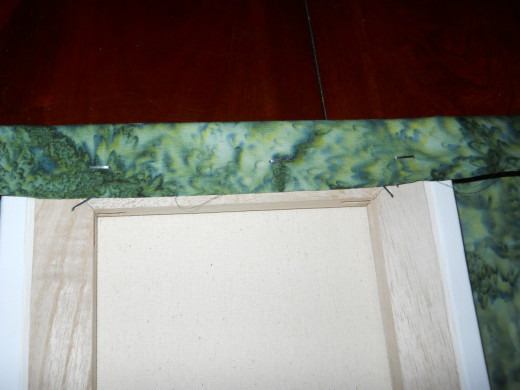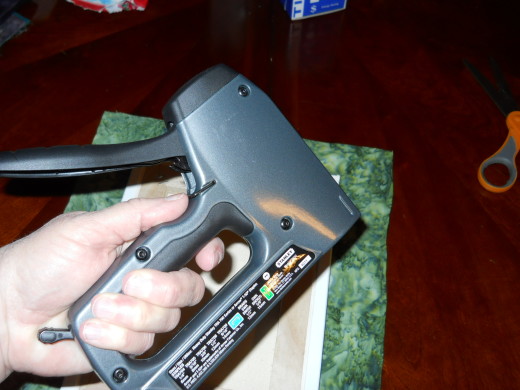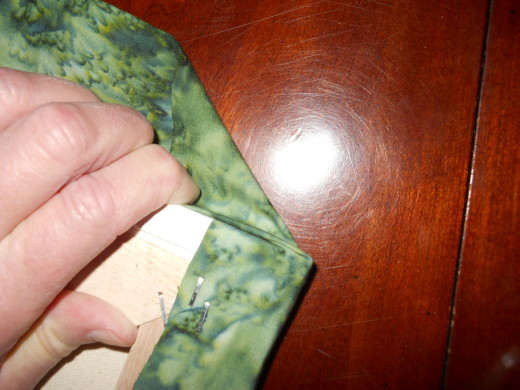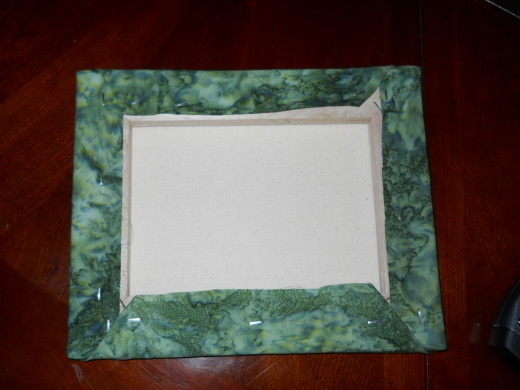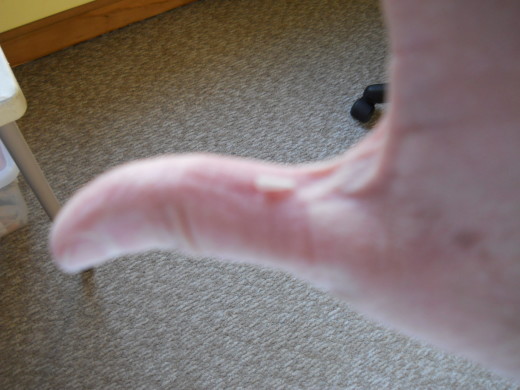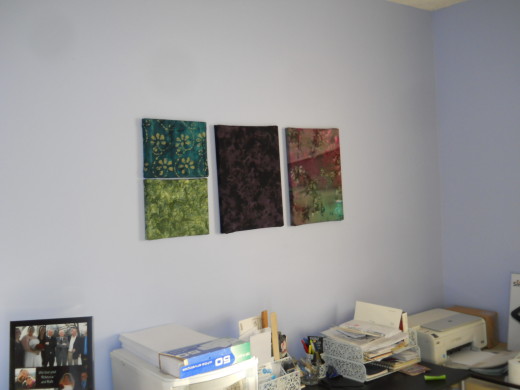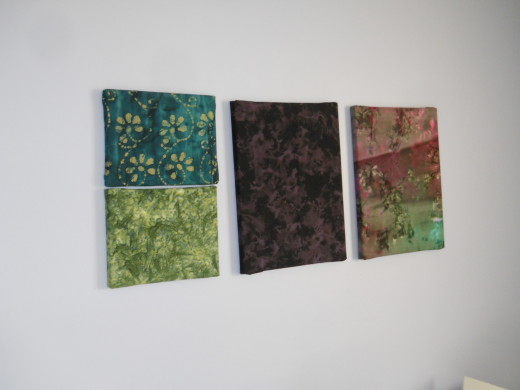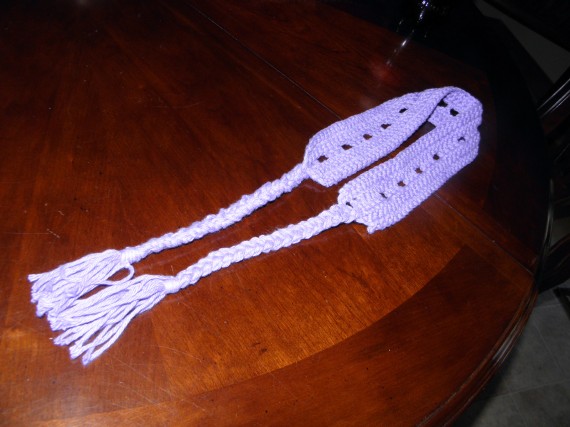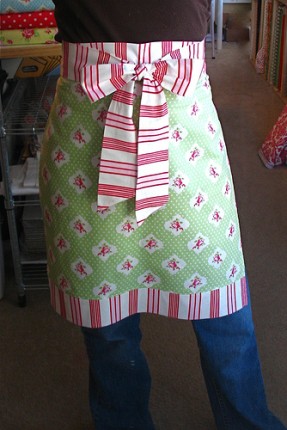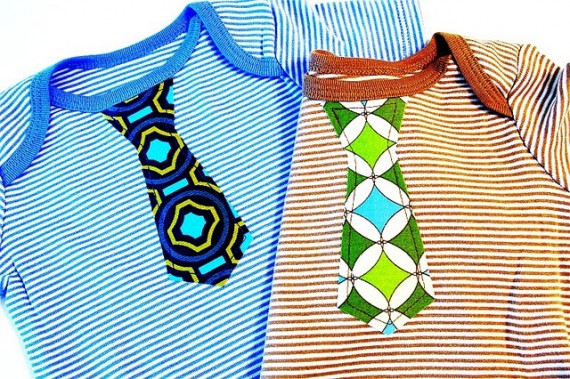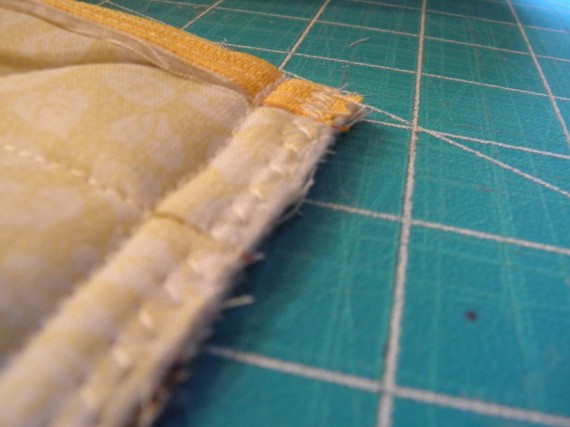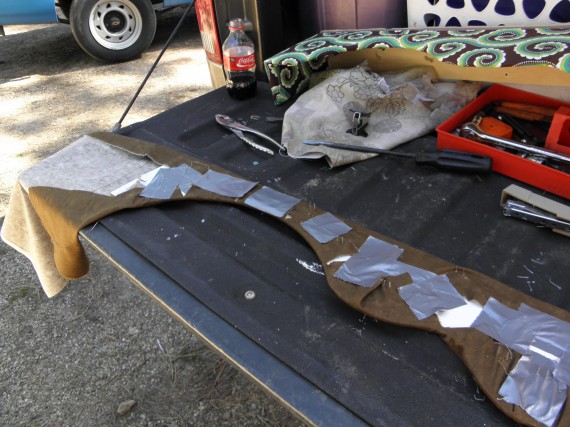This shop has been compensated by Collective Bias, Inc. and its advertiser. All opinions are mine alone. #CaringMadeEasy #CollectiveBias
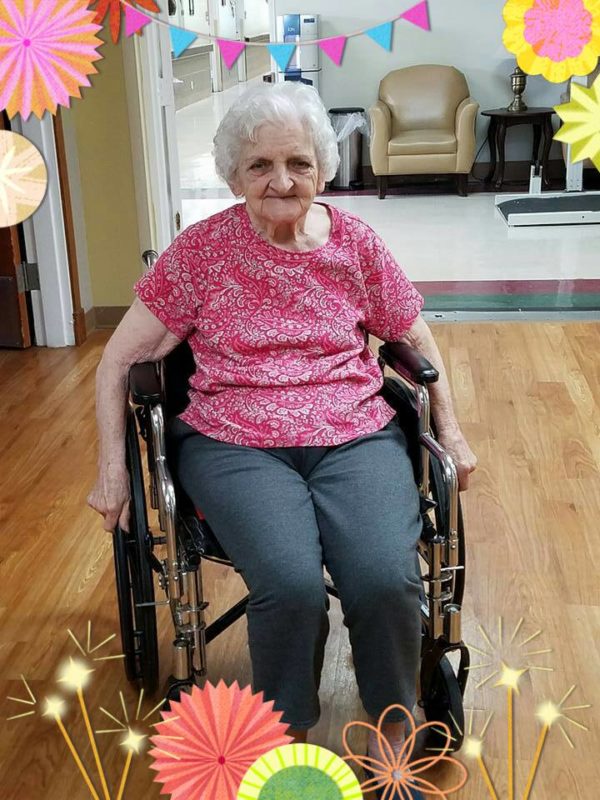
Our Mother is 88 years old. She has always been a very independent, strong, hardworking woman. She raised five children, and worked a full-time job for most of the years that we were growing up. So, when she started showing signs earlier this year that she was not able to do things she has always done, it was distressing to me and my siblings. She also started doing some things that if it weren’t for the fact that they indicated her mind was slipping, it would have been funny. For instance, I took her to a doctor’s appointment in April, and she had to give a urine sample. I was in the bathroom with her, helping her with her clothing. To my surprise, she was wearing five pairs of panties, with a Poise® Liner in each pair! When I asked her why she had on so many pairs of underware, she told me that she couldn’t walk fast enough to get to the bathroom and she did not want to wet her pants.
Mama was diagnosed with dementia not long after that, and we (my three siblings and I) had to make some very hard decisions. She was falling down at home because she forgot to use her walker. After the second fall, she was taken to the hospital via ambulance. Her doctor told us she could no longer live alone. So, we decided as a family to admit her to a rehab facility to see if they could improve her strength, while we looked for an assisted living facility to move her to. Last month, we got her moved in to a nice one bedroom apartment in an assisted living home just a couple of miles from my sister’s house.
Now that Mama is in the assisted living facility, she is wearing Depend® Fit Flex Underwear for Women. These disposable undergarments are easy to get on and off, so that if Mama remembers to go to the bathroom, she can just pull them down like regular panties. And if she forgets to go, she won’t be embarrassed in front of the other residents of the facility. If she needs help changing, they are easy enough to get on and off that I am able to help her, even with my disability. Depend Fit-Flex women’s undergarments have all-around leg elastics and a smooth, close-to-body fit. When Mama has them on, no one knows she is wearing them. They are soft, quiet, and breathable so that they are comfortable to wear.
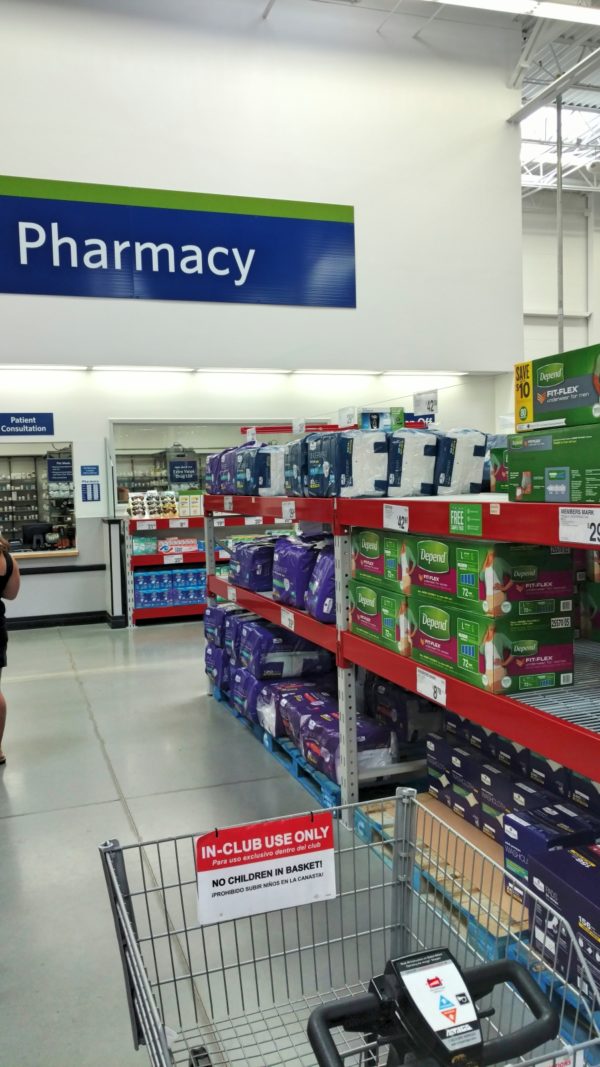
Depend® and Poise® products are both available at Sam’s Club, which makes it really easy for me to pick them up while I am shopping for other things. Sam’s Club is your one-stop shop for all things caregiving, including prescription refills, free health screenings, and health-related products. How do you care for your patients or loved ones and how can Sam’s Club help? Take a look at the Sam’s Club Caregiver page to see all the products and services available in the club. You can also shop online, which is a great time saver.
There is a sticker inside the Depend package that you can use to redeem at the Sam’s Club pharmacy for an awesome caregiver sample kit. I am going to get mine next time I go! And, if you download the Digimark app, you can scan anywhere on the Depend packaging, and it will take you to the Sam’s Club Caregiver website. How handy is that?
Mama has a hard time remembering family members. She usually thinks my sister is her mother, and she doesn’t remember my brother’s name. I decided to make her a Family Memory Book to tuck into a gift basket I am making for her.
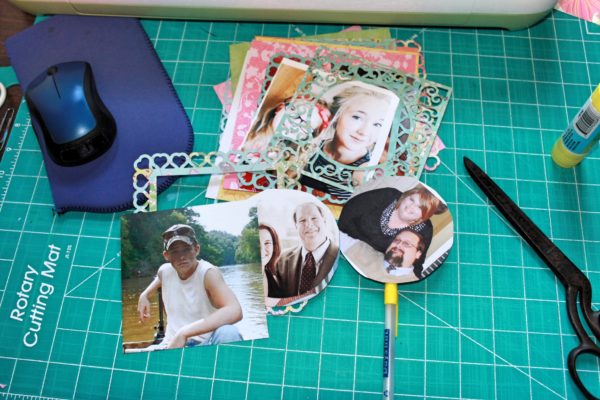
To make the memory book, I looked through family photos on Facebook, and downloaded a photo of each family member.
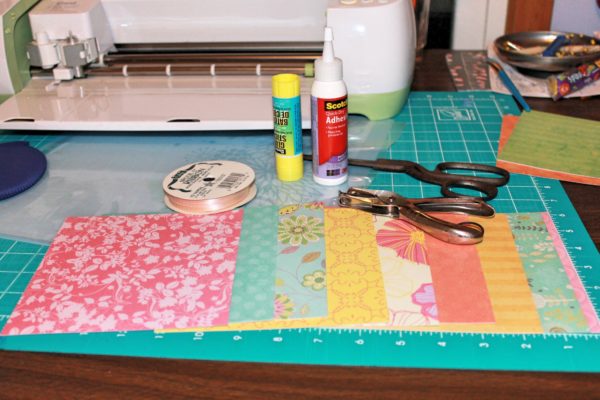
**Next, I chose some pretty paper, and cut out frames for each photo using my cutting machine. I varied the shape of the frames to make the book interesting.

**Then, I pasted each photo onto a 6″ X 6″ sheet of colorful paper, and pasted a frame on each one.
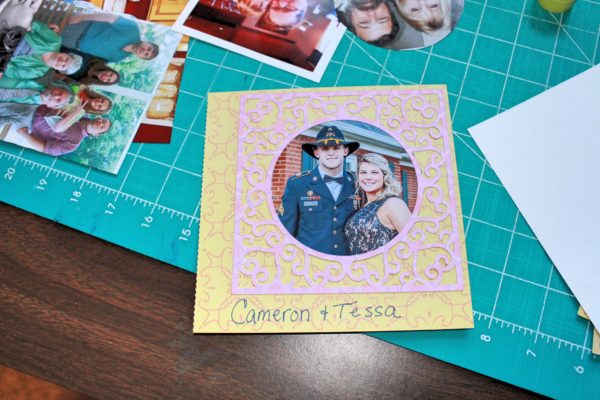
**The next step was to use a marker and write each person’s name on the paper, so Mama would know who they are.
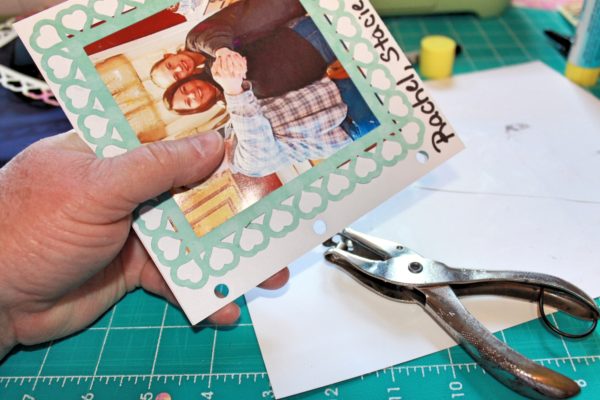
**Last, I punched holes in each sheet of paper, threaded a coordinating ribbon through the holes, and tied the ends of the ribbon in a bow. Now Mama has a small photo Family Memory Book to help her remember the names of her children and grandchildren.
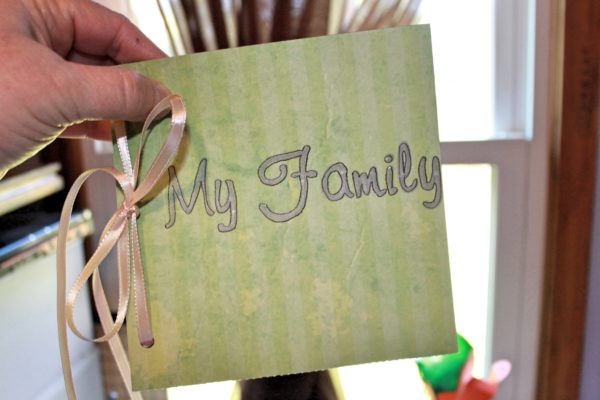
The inside:
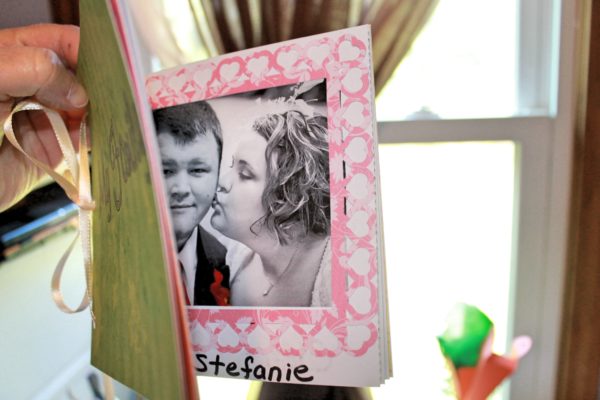
Do you have a friend or relative that needs a caregiver? Are you that person? What products or services help you the most? Do you have any tips or suggestions for helping someone with dementia remember those they love most? What items would you include in a gift basket to help their transition into an assisted living facility go smoothly?

